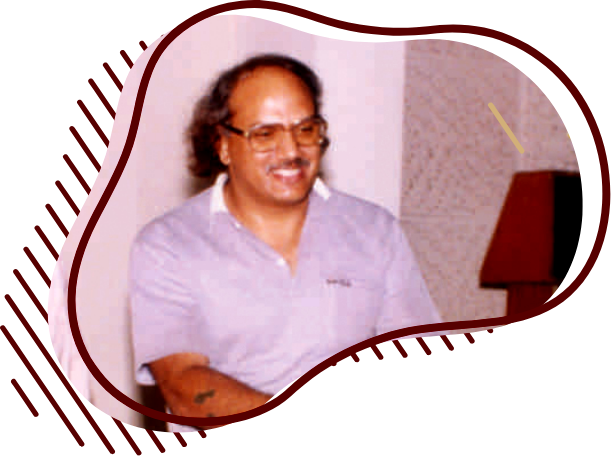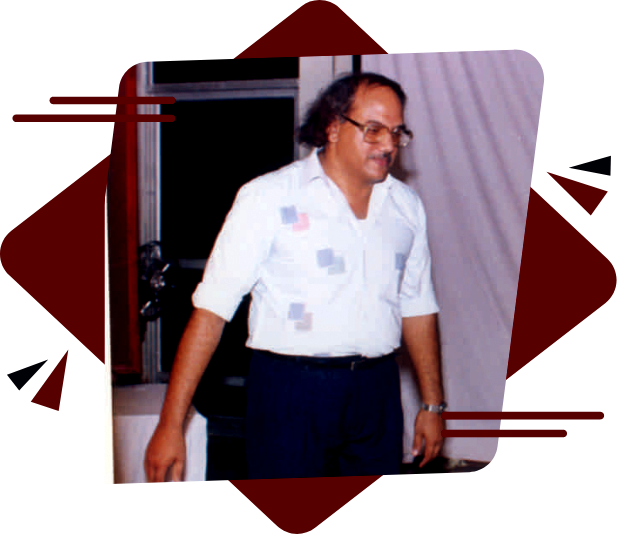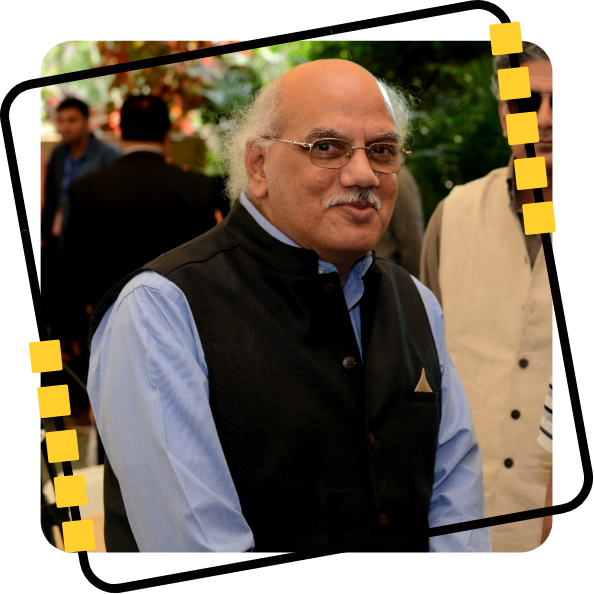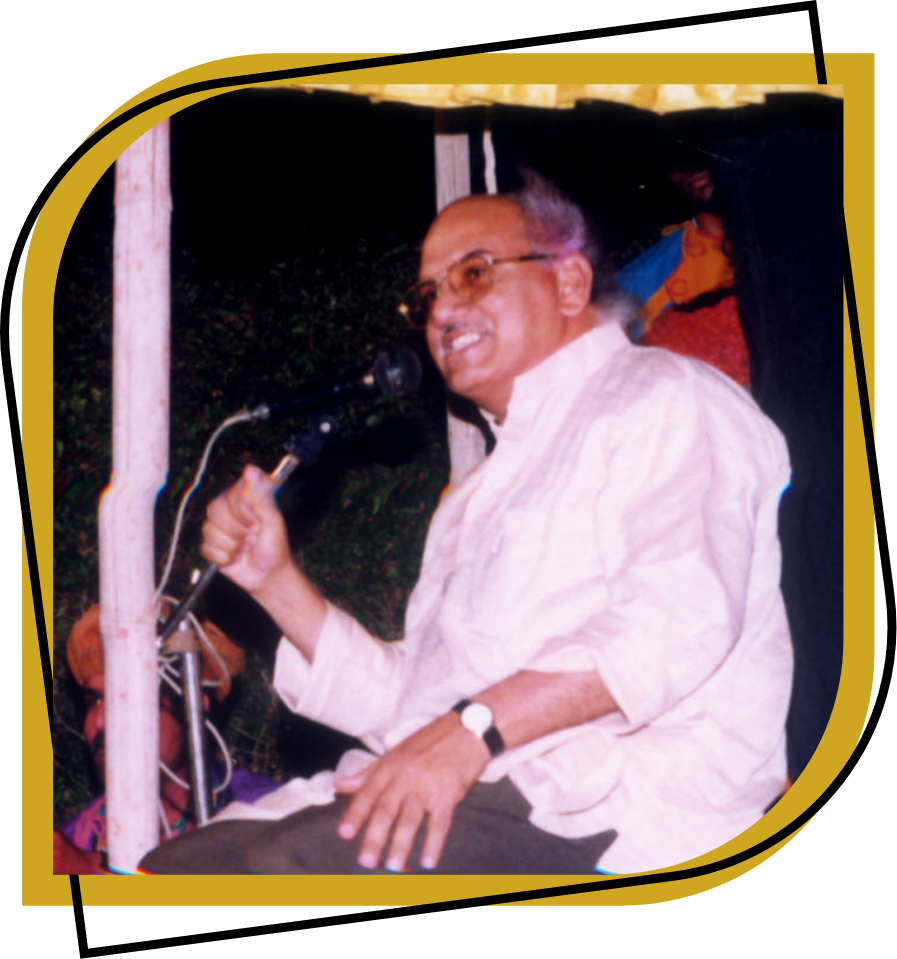A Poet-Storyteller Beyond Conventions

Santosh Choubey stands out in the realm of Hindi literature as a poet who writes stories, and this dual identity deeply informs his creative expression. Unlike professional storytellers bound by conventional frameworks, Choubey navigates fiction through a poet’s sensibility, allowing for more introspective, lyrical, and unconventional storytelling.
His works break away from the routine idioms of mainstream narrative writing. He engages in the search for new narrative possibilities — not with a thirst for sensationalism, but with an authentic commitment to the subtle and often overlooked truths of everyday life.



